Painting, drawing and exquisite pasta recipes enthral contemporary artist Johannes Holt Iversen.
I am motivated by my desire to observe human nature, especially in the digitalised world. These observations, of people and their relentless disconnect depict how human nature intervenes with our utopian or dystopian beliefs. It tells us how our behaviour has consequences, and our anger, fear, admiration, sexuality and joy creates various disruptions in the perfect picture that we tend to put ourselves into.
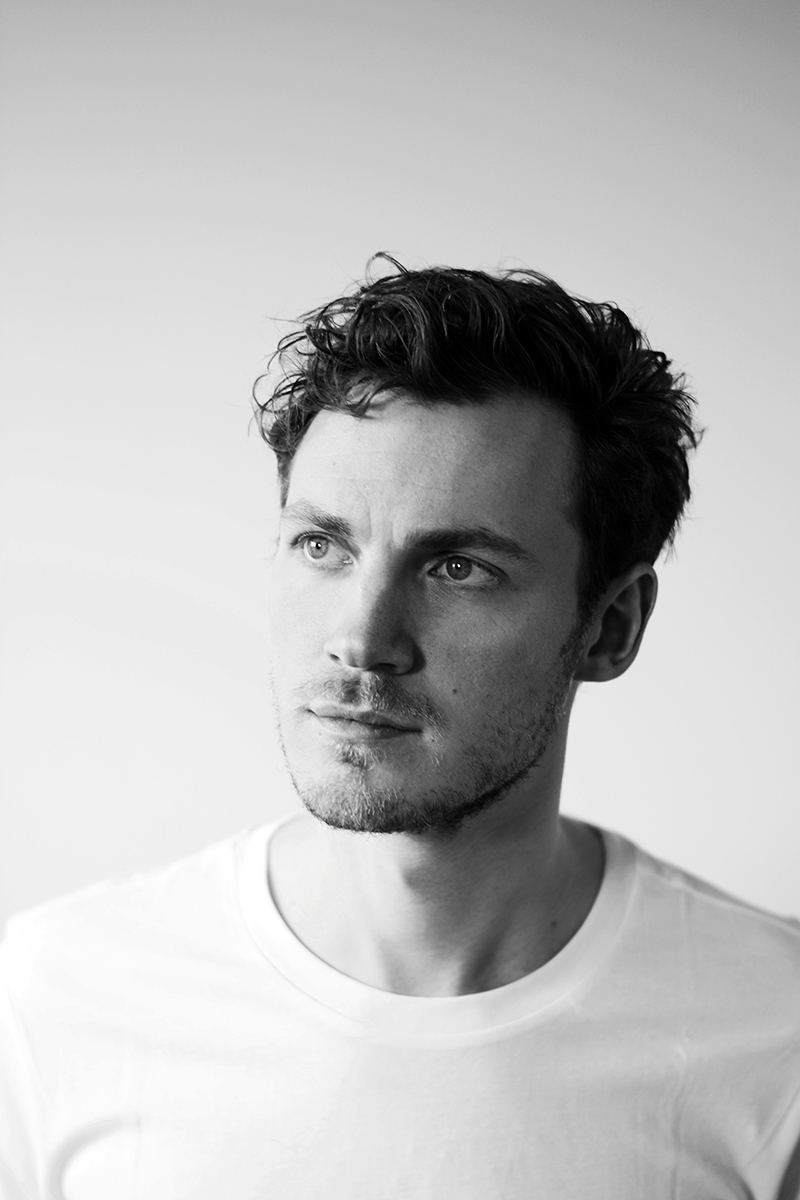
How did your tryst with art begin?
Painting and drawing has always been an important thing in my life. However, I had a long winding road into the art scene. I started out believing I would become a musician and a singer/songwriter, writing songs for Big Sync Music. I even had an American representative and made songwriting bids for labels like Sony Music and Universal Music, which have A-list musicians like Bruno Mars and Katy Perry. However, after years of trying I lost the fire and burnt out. That was a crucial time and I had to take care of my creative energies. I didn’t want to be exploited commercially.
So I stopped everything creative for a long time, went to University of Aalborg in my hometown and studied interactive digital media and communications. Later, I went to Copenhagen to pursue a master’s degree at the IT University. However, when I finally reached Copenhagen my drawings and paintings grabbed the attention of a few people in the art world. I was contacted by a dealer who was interested in selling my sketches and studies. I agreed and began to make a small name in Copenhagen, selling sketches and studies of modern masters. Slowly it all became more about art, music and creation again.
When a former girlfriend introduced me to Danish artist Erik Rytter, a former assistant to Danish modern master Poul Gernes and the owner of the studio, Rytter&Rytter, it really took off. He took me in and taught me all the classic disciplines. I was focussed during the apprenticeship and worked hard. Naturally, I wanted to enroll at an art academy and move abroad. My old master Rytter suggested the Dutch art academy, Gerrit Rietveld Academie, a former Bauhaus-inspired academy famous for its focus on experimentation. It is one of the top 5 avant-garde academies in Northern Europe alongside Slade in London and Beaux Artes in Paris.

Tell us about the evolution of your practice over the years.
It has been quite a journey. To me everything starts with drawing and expressing. Drawing is the foundation of everything. You start out with the pen. To me this is essential in understanding my practice: follow the pen and follow the evolution of the form. For many years oil painting was the main source of my practice but has now evolved into sculpture and installation over the last couple of years.
The focus earlier was on the materials and the act of painting. Then it moved to the outside world, to my multi-cultural neighbourhood and the vast city life of Amsterdam, a hyper-commercialised and over-touristic European capital, which suffers from the common trouble of high real estate prices, forcing the working and middle classes away from its limits. It all became about depicting the acceleration in today’s Amsterdam and European capitals in general.
This acceleration led me to look at the material again and focus on advanced technological findings, and using that to depict hyper-commercialised life and fascination for the persuading glitter of the rushing capitalist society, which permeates every aspect of our lives.

What were your biggest lessons and hurdles along the way? Which is your most memorable moment?
I think the biggest one came after my first solo exhibition in Paris entitled Concerning the Hyper-primitive, which was about finding the tension between our perception of being highly advanced, yet primitive in our expression and nature. The few people who participated discussed the Lascaux cave drawings. That opened up a complete new series of work, which is still transforming me.
What inspires you? Take us through your process and continuous frameworks of reference.
I am motivated by my desire to observe human nature, especially in the digitalised world. These observations, of people and their relentless disconnect depict how human nature intervenes with our utopian or dystopian beliefs. It tells us how our behaviour has consequences, and our anger, fear, admiration, sexuality and joy creates various disruptions in the perfect picture that we tend to put ourselves into – whether it is self-depiction on social media, our hopes for a better life or for our children or the simple ideals of a “good career”. All these intervene with society, individual needs and desire to feel complete and fulfilled.
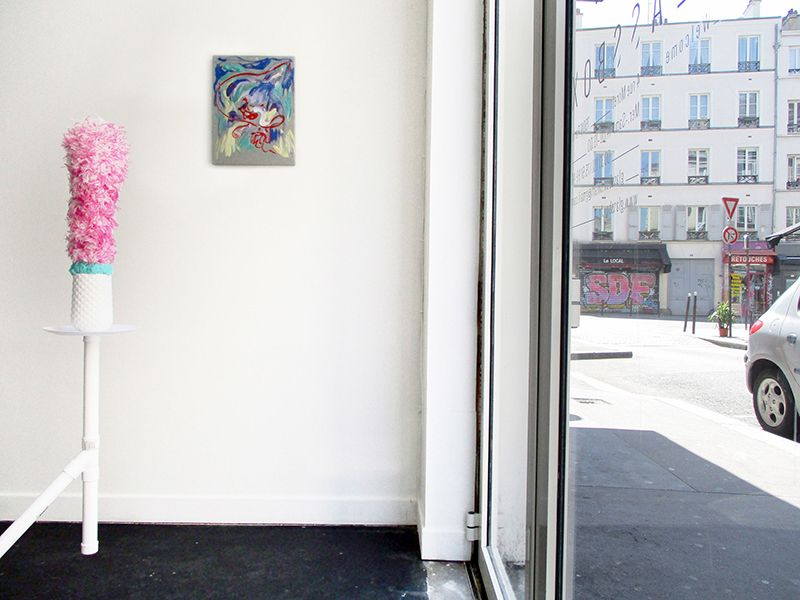
What is the primary role of an artist? How do you describe yourself in the context of challenging people’s perspectives via your work and art?
I am usually seen as a stoic person among friends and family. Believe that shows in my practice as well. I flow on a high frequency, not caring about the current ideologies in the art world. In my opinion, current ideologies at an institutional level are going to collapse.
This relentless idea of identity, post-structural thinking and conceptual art, being the highest level of cultural achievement in Western Europe and the US, is going to eat the art world from the inside. We have to move on from that and look beyond identity, the structures and concepts. Ironically, these ground-breaking ideologies and philosophies of the 70s, 80s and 90s, are becoming more of a restraint in the art world today. Freedom of speech and artistic creation has to flow freely, otherwise what we perceive as “the art world” is going to happen somewhere else – outside the museums, institutions and art academies.
My role as an artist is to be that stoic person who perceives what is happening in the now. Due to my nature, I look at this from an abstract and material-based point of view at the moment.
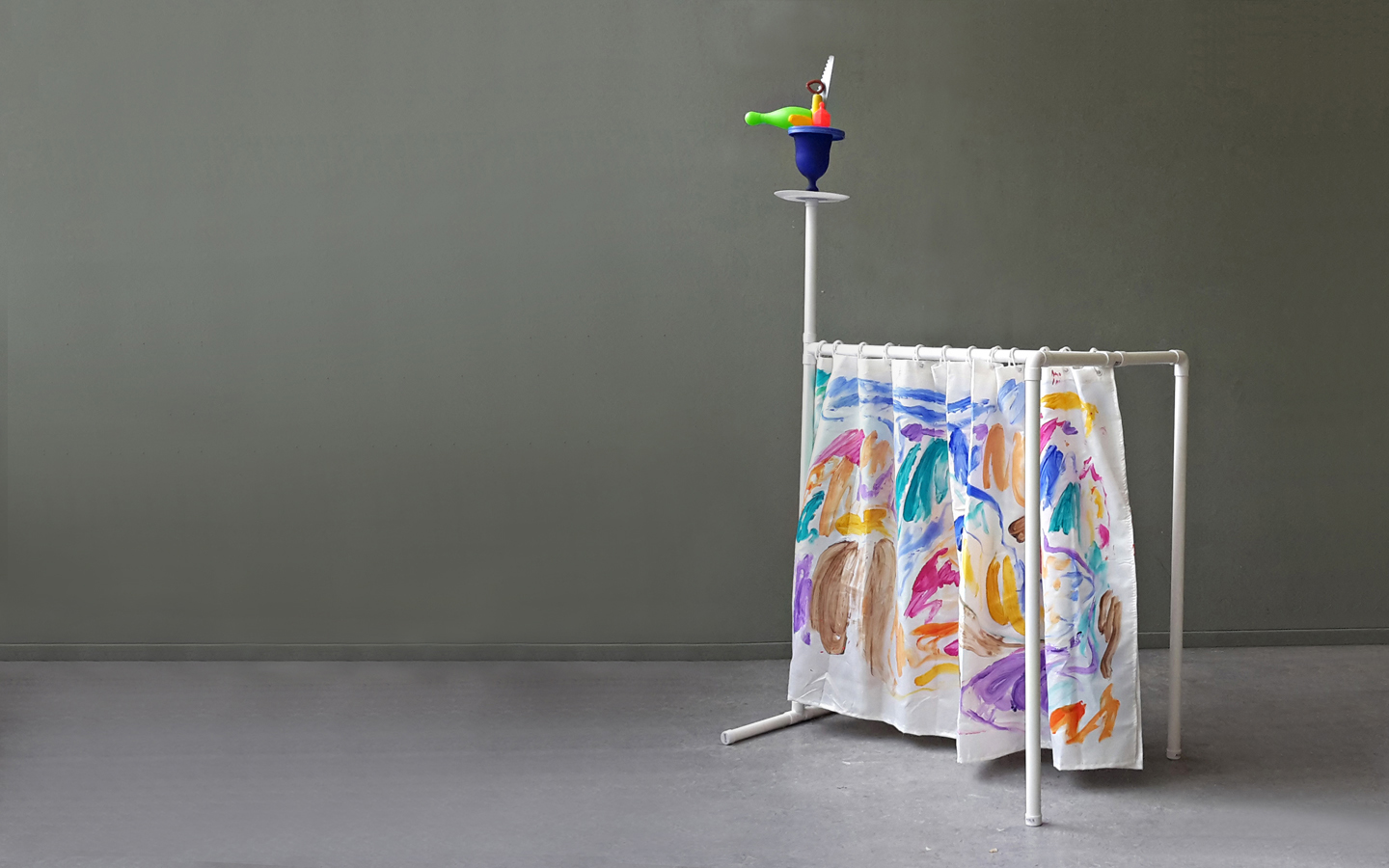
How do you balance art and life?
You have to become extremely aware of your responsibilities as an artist, to begin with. That you have a very important task in society, just as important as though you were in politics. You need to surround yourself with people from outside the art scene, because the art scene is honestly a nasty place with a lot of back-stabbers. Surround yourself with people who respect you as a person and as an artist, people who understand that your work is important on a societal level, as if you had meetings at the UN on a daily basis. The task of building such awareness is crucial.
You have to avoid people who think you are in the entertainment business. That is not what art is about. A lot of people see you, especially if you’re a painter, as somewhat of a creative equal to a performer or a musician. However, there is a fine line separating that. Both aspects are fine art at its finest, but the importance lies within the difference of creating a new universe every time you enter your studio, rather than performing a universe others have been writing, instructing or developing. If you see yourself as a rock star or a public person, you will get lost and your process will lose its power and value over time. You will end up creating sandcastles instead of sculptures.
You have to be aware of the fact that personal life needs to be as stable and balanced as your mindset in order to build a steady and healthy professional life. Ask any athlete, super-model or Olympian and they will agree. It is all about having your mind in tune, not disrupting it too much before a big game.
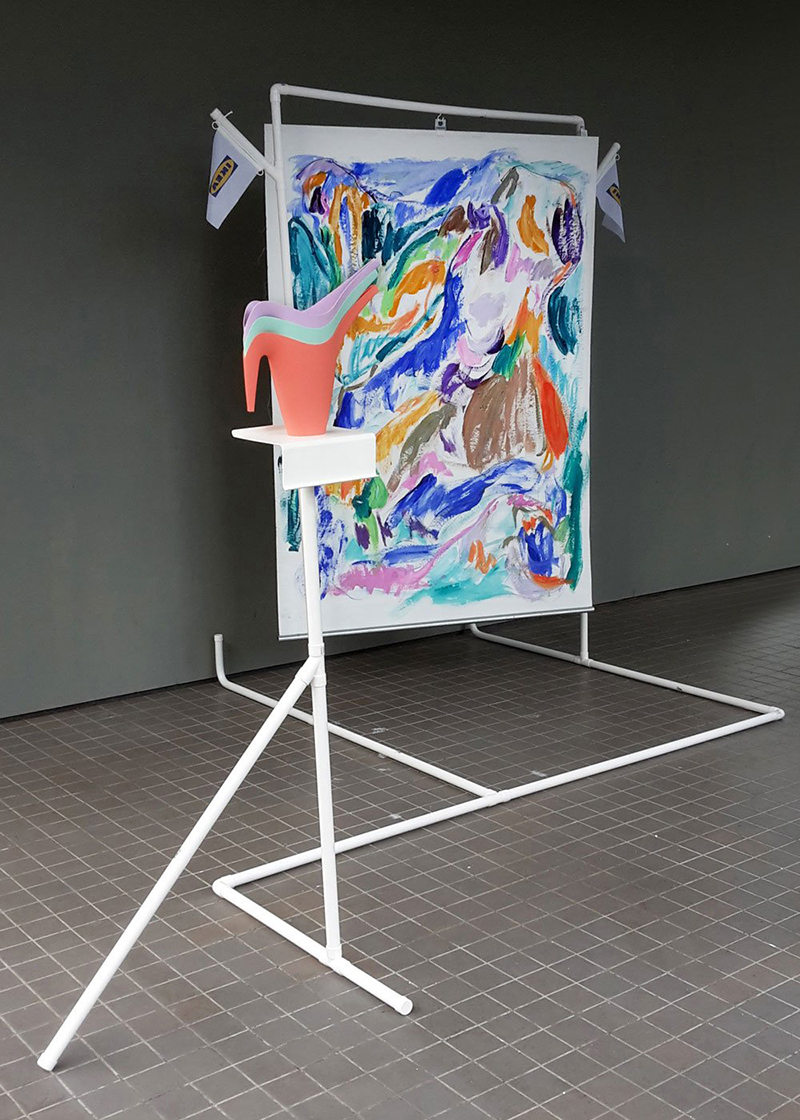
How do you deal with the conceptual difficulty and uncertainty of creating work?
I am not uncertain any more. I learned that the hard way at the art academy. If you are uncertain your professors will eat you up because they fear that feeling themselves. Uncertainty leads to artist’s block. That leads you back into art academies as a teacher. Haha! No, that is a bad joke. Existential crisis is what truly leads you back into art academies, including myself. How I dealt with it was to accept that failure is a necessity in all experimentation.
I always think sarcastically about the Nike slogan, “Just do it!” Works every time if you need a kick to pull of something big. Haha!
How does your audience interact and react to your work?
They usually look, then engage, walk around it and then say to each other, “Wow! That’s weird”, then go home, have dinner and begin to question what they saw. Inevitably, they revisit the work a few days later or buy it. Haha!

What are you looking for when you look at other artists’ work? Which shows, performances and experiences have shaped your own creative process? Who are your maestros?
One of the most important artists that shaped me visually and theoretically was the Danish master Asger Jorn. It was his personality and temperament mostly, and I remember exactly which exhibition as well. In 2011, the Danish Museum of Modern Art ARoS held a huge exhibition called Jorn International, which had all the paintings he had made throughout the world. The show told his story: how he came from a small town, moved to Paris on a motorbike with his girlfriend and his attitude when forming the international avant-garde art collective CoBrA.
Another person is, of course, Pablo Picasso, also a man who was curious and well-travelled. I don’t care about his private life. I think his values toward women were a disgrace, but his work in deconstruction and abstraction are incredible.
Both artists and their direct attitude on a canvas can be felt in their art works. Today it is harder to find that connection. It is all being polluted by galleries, art academies and museums. They mess up the process that artists need to have for themselves.
Other grand old masters worth mentioning are Edvard Munch and Vincent Van Gogh. Their honesty permeated their lives and canvasses. You can easily read that in any of their works. Honesty is the key.
The rest of my inspirations are still a secret haha!

What is that one thing you wished people would ask you but never do?
I would love people to ask me about good pasta recipes. I love cooking and making magic in the kitchen.
How does your interaction with a curator, gallery or client evolve? How do you feel about commissions?
It varies a lot. Mostly I tend to talk with them about their beliefs and how they understand my work. It is exciting when they see it from a completely different angle. Then something fruitful can happen and both parties can get some new energy out of creating a show together. Mutual respect is the key.
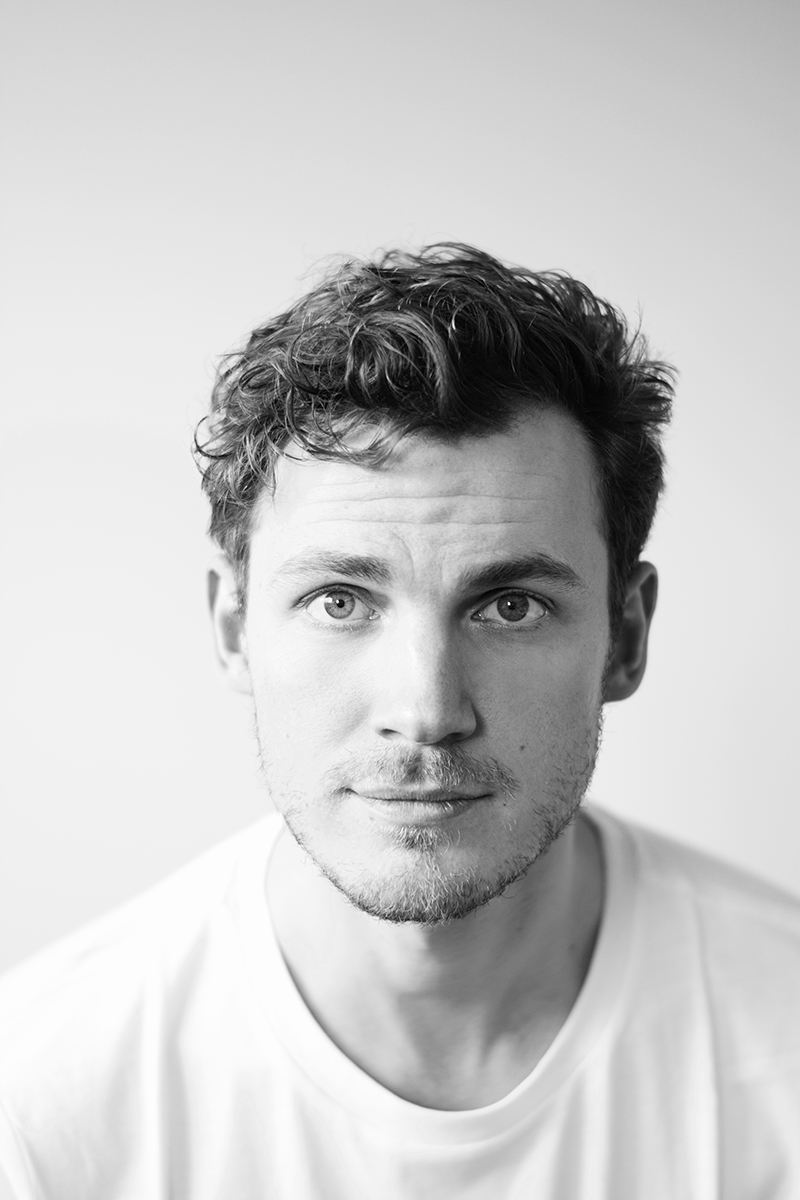
What are you working on now? What’s coming next season?
At the moment I am working on several shows. I am working with gallery owner Roy Ockers and art curator Keri Edwards for a group show with the Italian gallery Galleria Banditto in June 2020. Got this opportunity on account of winning their Residency Prize last year.
I am also working on a possible solo exhibition in Denmark with my Danish Gallerist Annika Nuttal. I am also in the process of negotiating on a possible show in Madrid, Spain, with the VG Art Gallery in 2020. In July of the same year I have my graduation show at the Gerrit Rietveld Academie. So, a lot of exciting things are about to happen!
Before you go – you might like to browse our Artist Interviews. Interviews of artists and outliers on how to be an artist. Contemporary artists on the source of their creative inspiration.











Add Comment